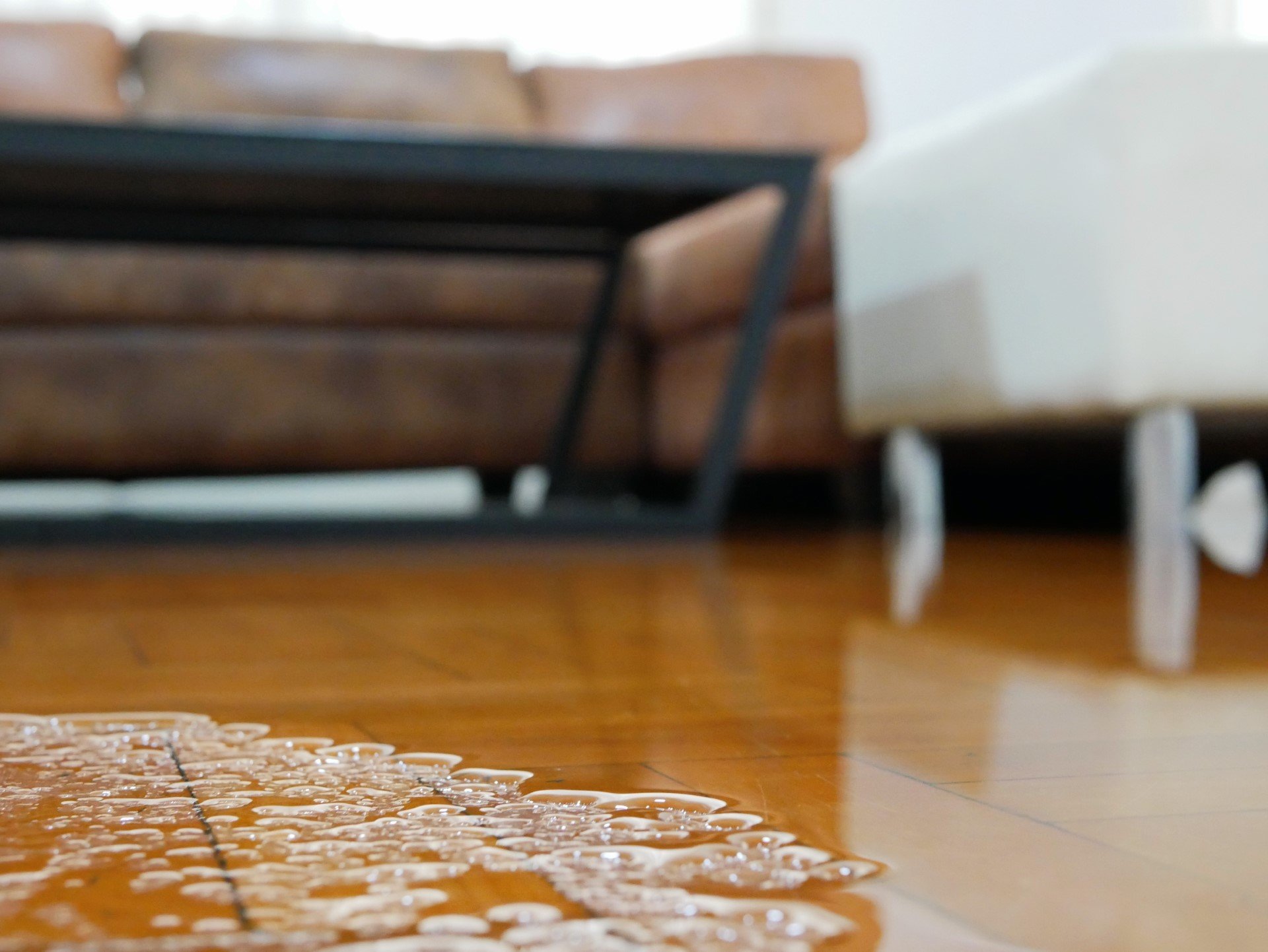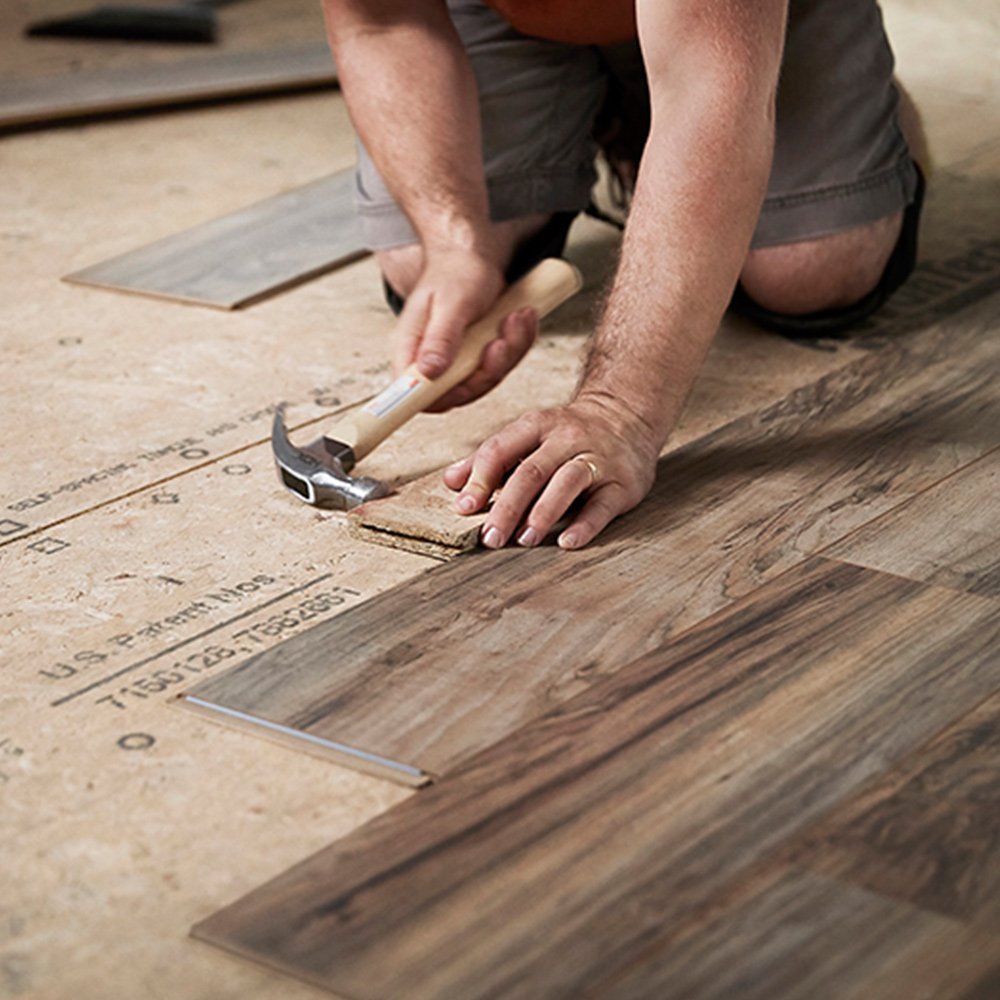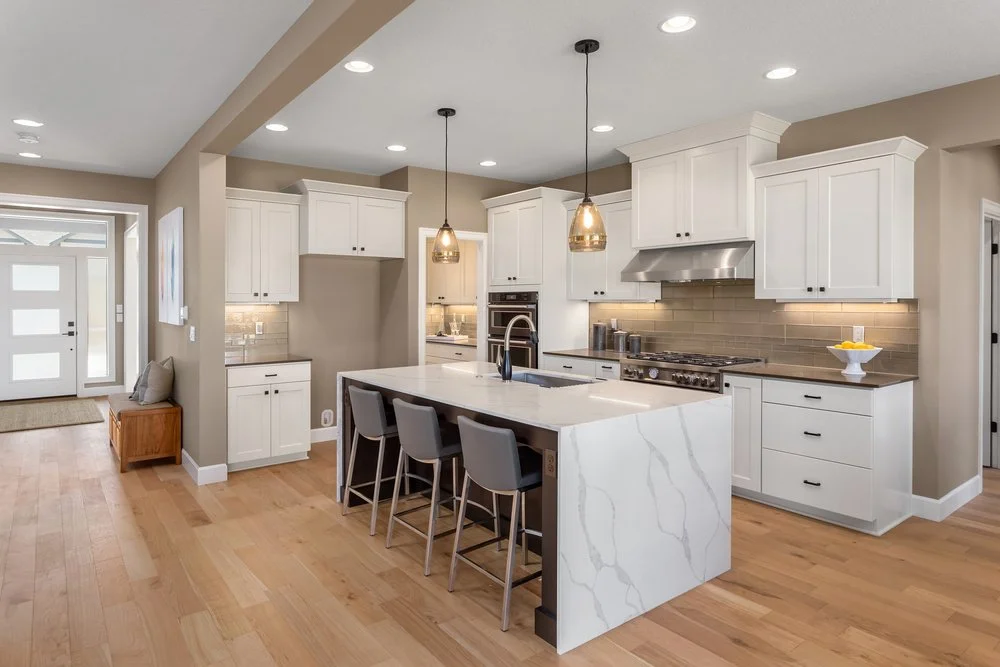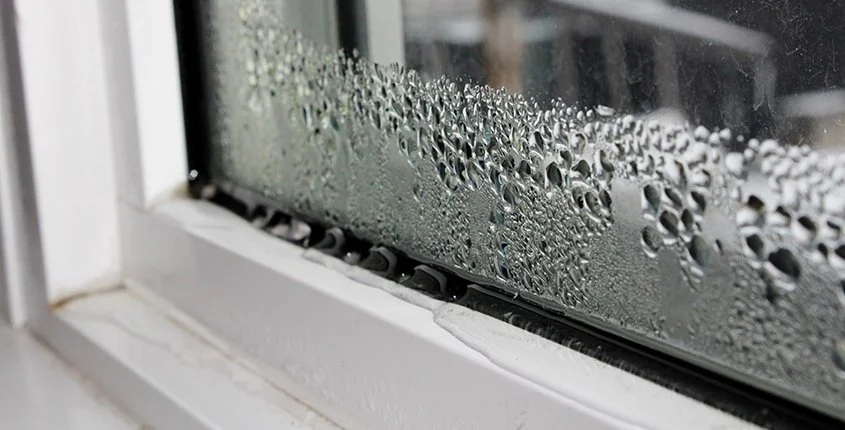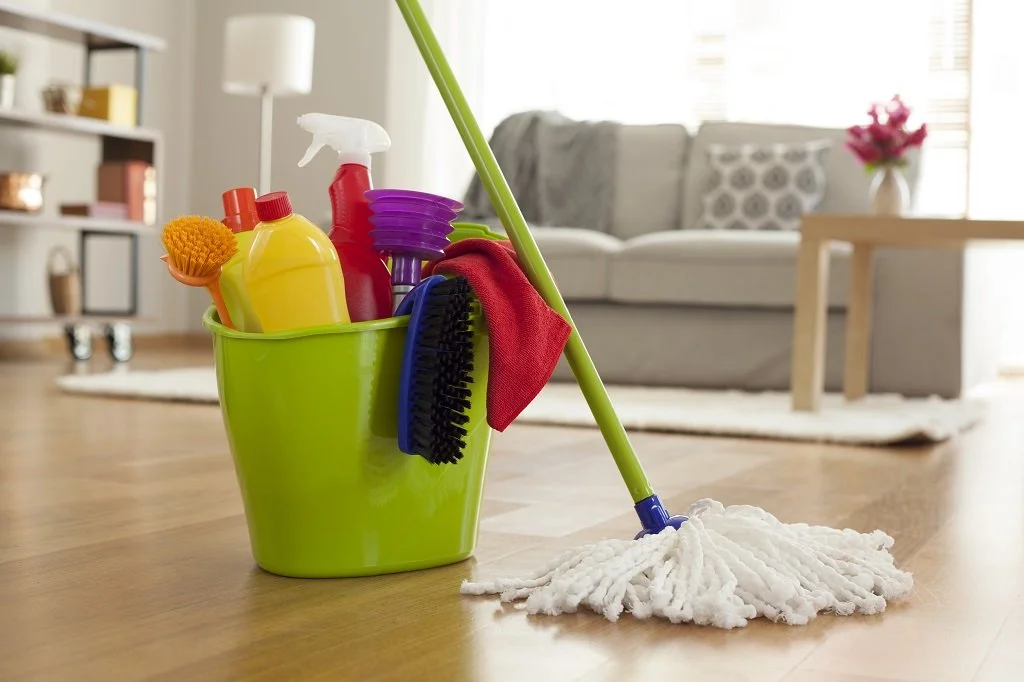5 Ways Soundproofing Curtains Can Improve Your Sleep and Overall-Health
RH Business Marketing Solutions
In a world filled with constant noise, looking for ways to protect your health and sanity is essential. While you may have little to no control over external noise sources, you can engineer your space so that little noise pollution gets in. This is where soundproof curtains come into play.
They can make a difference in your health by reducing excessive light interference and blocking external noise that might be a nuisance. Over the years, there have been improvements in soundproof curtains such that they do not only provide noise-canceling effects.
The best soundproof curtains can also incredibly benefit the user's health. For instance, their ability to block UV rays and other light waves can be your key to a good night's sleep. This article will explore how soundproofing curtains can help improve your sleep health.
1. Noise Reduction
Right from the time you leave your home in the morning, many people are exposed to various forms of noise. From vehicles blasting their horns to aircraft flying by to the kids next door playing, noise pollution is a menace that might not go away soon.
Noise distracts the mind when trying to drift away, which could make sleep difficult. As a result, it affects many people's mental health and can even prevent them from having a good night's sleep. Soundproofing curtains have tough insulating materials that bounce sound waves back to the sources. This means you can enjoy your night's rest without relying on drugs or other expensive means to get your body to hibernate.
2. It Can Block Out UV Rays
Another advantage of soundproof curtains to your health can be traced to their capacity to block out UV rays. These heavy-duty curtains are made with strong materials that can keep unwanted light from entering your space.
One of the most common advice for people with difficulty sleeping is to reduce light interference. Soundproof curtains can help achieve this as they can confuse the brain, which might affect the production of melatonin – the sleep hormone.
3. It Can Preserve Your Mental Health
Safety is one of the basic needs of humans. As a result, the brain is on constant alert for signs of danger, even while sleeping. Yet, sudden loud noise can trigger an adrenaline rush, setting the stage for anxiety and stress.
According to research,, constant noise pollution might make one susceptible to anger, feel on edge, and frustrated. Imagine suddenly hearing gunshots; you become stressed as you feel an imminent danger with racing heartbeats. This is one of the ways humans have evolved to protect themselves.
When exposure to noise pollution is constant, it can lead to high blood pressure and stress. Yet, stress serves as a precursor to many health issues. This is where soundproof curtains come in. Its unique capacity to prevent external sound waves from coming in can help limit stress and agitation. This protects mental health, keeps blood pressure normal, and boosts productivity.
4. Provides Insulation for Your Home
Seasons come and go, and each has various features. These temperature changes affect the health and comfort of many. As a result, the body responds in different ways. This explains why flu is peculiar to some seasons. In the United States, flu is common during the fall and winter, according to the CDC.
As a result, many people go the extra length to keep their indoor temperature constant and at a reasonable level. However, doing this might cost money as it means relying on an air conditioning unit or heater to help regulate temperature.
However, you can enjoy better insulation in your space with suitable soundproof curtains for your home. These heavy-duty curtains are often densely weaved, so they can provide extra insulation during winter, reducing your dependence on a heater since they trap indoor air. They can also keep hot air from seeping in during hot summer days.
As a result, users enjoy a low energy bill. In addition, they can escape various health issues that come with changing weather and seasons.
5. Reduces Susceptibility to Hearing Loss
In a world where you have no control over external sources of noise, one needs to know how to limit noise pollution.According to research, excessive exposure to noise pollution can increase the risk of hearing loss. When noise pollution is consistent, it can overwork the hair cells in your ear, triggering their death.
Such a person might be declared handicapped if there is a hard time understanding what another person is saying. Yet, such hearing loss progresses as long as the noise pollution continues. Thankfully, soundproof curtains are available with superb strength to counter noise pollution and preserve hearing.
As a result, even though you have no control over the noise source, you can control the amount of noise that gets into your space using these curtains.
Conclusion
It is evident that many people do not know there is more to soundproofing curtains than keeping noise away. These curtains can help preserve your mental health in ways you never thought possible by blocking excessive sound waves.
Also, their capacity to keep your indoor temperature constant can prevent you from getting the flu-associated with weather changes.
From this article, it is safe to conclude that soundproof curtains can help improve your overall health and preserve your mental health.
Guest Contributor: Kimberly Clark






